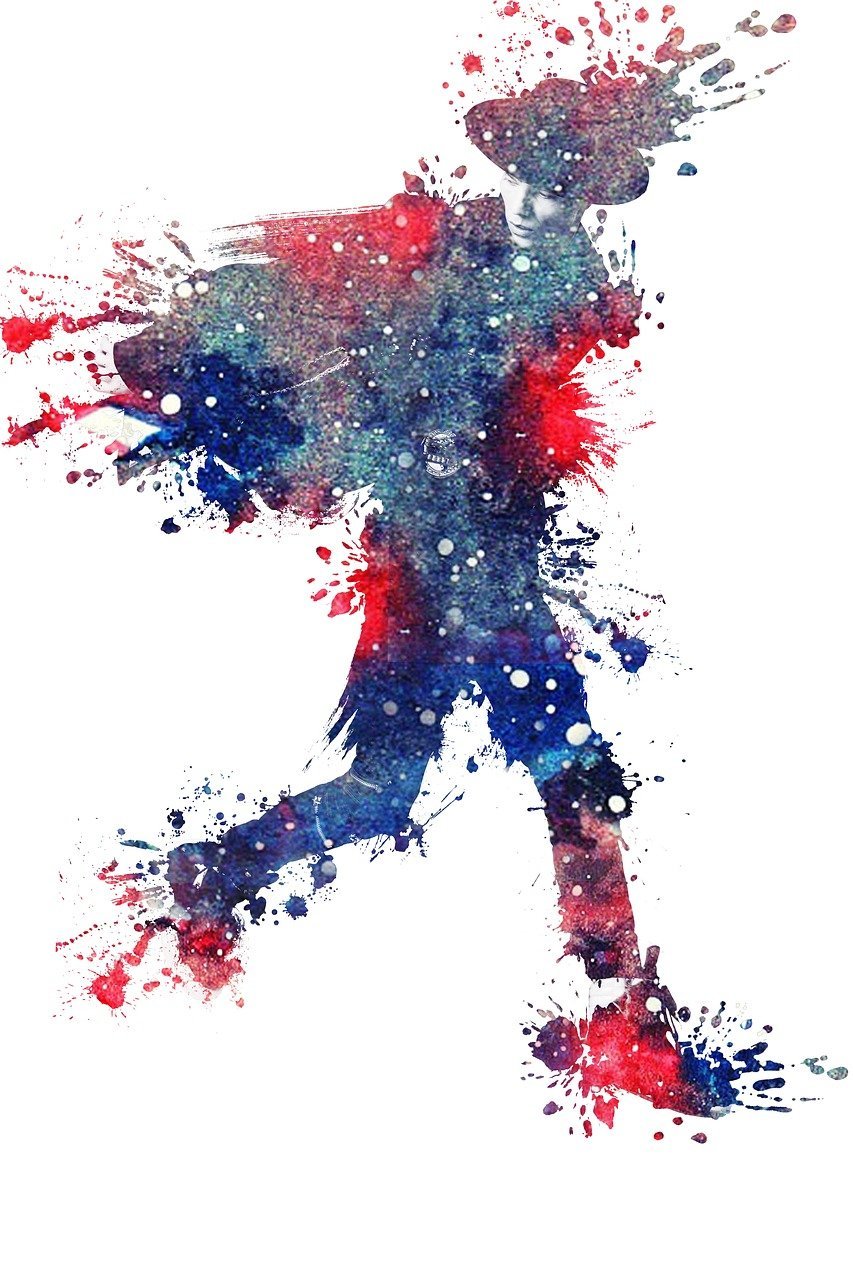Drawing:xrw08wqdoco= Spiderman is an exciting challenge for artists of all levels. With his dynamic poses, detailed suit, and iconic style, capturing Spider-Man in your artwork can be both rewarding and inspiring. In this guide, we’ll walk you through the entire process, from choosing the right tools to perfecting the final details. Whether you’re a beginner or an experienced artist, these steps will help you bring Spider-Man to life on the page.
Why Drawing Spider-Man Is a Great Artistic Challenge
Spider-Man is one of the most recognizable superheroes, known for his red and blue suit, web-slinging abilities, and acrobatic poses. Drawing:xrw08wqdoco= Spiderman is not just about sketching a superhero; it’s about conveying motion, energy, and character. This challenge appeals to many artists because it pushes the boundaries of anatomy, perspective, and creativity. The detailed suit design, complete with its web pattern, requires careful attention, making it an ideal subject to improve your drawing skills.
Choosing the Right Reference Image for Drawing Spider-Man
Selecting a good reference image is crucial for any drawing project, and Drawing:xrw08wqdoco= Spiderman is no exception. Look for high-quality images that show Spider-Man in dynamic poses, such as swinging through the air or crouched on a building. Choosing a reference with clear lighting can also help you understand how to apply shadows and highlights effectively. You can find references from comic books, movies, or even fan art, but make sure to pick one that suits your style and skill level.
Exploring Different Spider-Man Styles: Comic, Cartoon, and Realistic
When it comes to Drawing:xrw08wqdoco= Spiderman, you can explore different artistic styles. Here’s a breakdown of the popular approaches:
- Comic Book Style: This is the traditional style seen in Marvel comics. It often features bold outlines, vibrant colors, and exaggerated poses. Focus on capturing the energy and expression of the character.
- Cartoon Style: Ideal for beginners, cartoon-style Spider-Man drawings emphasize simple shapes and exaggerated features. It’s a great way to practice without worrying too much about details.
- Realistic Style: For more advanced artists, a realistic approach involves capturing accurate anatomy and intricate details in Spider-Man’s suit. Pay attention to muscle definition, folds in the fabric, and realistic lighting.
Step-by-Step Guide: Drawing Spider-Man’s Face and Expressions
Drawing:xrw08wqdoco= Spiderman often begins with his face. Here’s how to get started:
- Sketch the Head Shape: Start with an oval shape for the head. Spider-Man’s mask is form-fitting, so keep it proportionate.
- Outline the Eyes: Spider-Man’s large, white eye lenses are iconic. Place them symmetrically on the face, slightly slanting them for a more intense look.
- Add Web Patterns: Begin drawing the web lines from the center of the face outward. Make sure the lines curve slightly to give a rounded effect.
- Shading and Details: Add depth by shading the edges of the eyes and emphasizing the curves of the web pattern. This will give the face more dimension and make it pop.
Tips for Adding Depth and Realism to Your Spider-Man Drawing
To make your Drawing:xrw08wqdoco= Spiderman more lifelike, focus on depth and shading techniques:
- Use Layered Shading: Gradually darken areas where shadows would naturally fall, such as under the chin or around the muscles. This will create a three-dimensional effect.
- Highlight Key Areas: Lightly shade areas where light hits the suit, such as the top of the shoulders and head. This contrast adds realism to the drawing.
- Consider the Light Source: Before you start shading, decide where the light is coming from. This will guide your shading process and make the artwork more convincing.
Common Mistakes to Avoid When Drawing Spider-Man
Even experienced artists can make mistakes when Drawing:xrw08wqdoco= Spiderman. Here are some common pitfalls and how to avoid them:
- Incorrect Proportions: Spider-Man’s anatomy should be dynamic but realistic. Avoid making limbs too long or muscles too exaggerated.
- Over-complicating the Web Pattern: Keep the webbing consistent, but don’t overcrowd the suit with lines. This can make the drawing look cluttered.
- Neglecting the Background: Adding a simple background can enhance the overall composition, such as a cityscape silhouette or webbing details.
Digital Drawing vs. Traditional Drawing: Best Practices for Spider-Man
Drawing:xrw08wqdoco= Spiderman can be done digitally or traditionally. Here’s a look at both approaches:
- Digital Drawing: Offers tools like layers, brushes, and undo options, which can simplify the process. Use software like Adobe Photoshop, Procreate, or Clip Studio Paint for a digital edge.
- Traditional Drawing: Stick with pencils, inks, and paper for a classic feel. It can be more challenging due to the lack of editing tools, but it improves fundamental skills like hand-eye coordination.
How to Draw Different Versions of Spider-Man
Spider-Man has various incarnations across comics, films, and animations. When Drawing:xrw08wqdoco= Spiderman, consider these different versions:
- Classic Peter Parker: The original Spider-Man with the iconic red and blue suit. Focus on his slim, athletic build.
- Miles Morales: Features a darker suit with red highlights. He has a more youthful appearance and slightly different physique.
- Spider-Man 2099: This futuristic version has a unique suit design with a sharper, more angular look. His style includes more tech-based elements.
FAQs
How can I make my Spider-Man drawing more dynamic?
To make your Drawing:xrw08wqdoco= Spiderman more dynamic, emphasize motion by using curved lines for the limbs and a strong action pose. Adding background elements like webs or a cityscape can also create a sense of movement.
What tools are best for drawing Spider-Man?
A variety of pencils (2H, 2B), fine liners, smooth paper, and coloring tools (markers, colored pencils) work well for Drawing:xrw08wqdoco= Spiderman. For digital artists, a stylus and tablet with drawing software are recommended.
Is it necessary to draw Spider-Man’s web pattern on the entire suit?
Yes, consistency is key when Drawing:xrw08wqdoco= Spiderman. Ensure the web pattern flows logically across the suit, matching the contours of the body.
Can I draw Spider-Man in a different pose from my reference image?
Absolutely! Use the reference as a starting point, then adjust the pose to your liking. This will help you learn anatomy and movement more effectively.
How long does it take to master drawing Spider-Man?
It varies depending on practice and skill level. Regular drawing and focusing on anatomy, shading, and details will accelerate improvement.
Stats Table: Popular Versions of Spider-Man and Their Characteristics
| Spider-Man Version | Suit Design | Key Features | Difficulty Level |
| Classic Peter Parker | Red and blue, web pattern | Slim build, web-shooters | Intermediate |
| Miles Morales | Black with red highlights | Youthful, unique web style | Beginner |
| Spider-Man 2099 | Blue and red, tech-based elements | Futuristic, angular suit | Advanced |
Conclusion
Mastering Drawing:xrw08wqdoco= Spiderman takes practice and dedication. By exploring different styles, refining techniques, and learning from common mistakes, you can create stunning artwork that captures Spider-Man’s spirit. Remember to have fun and make the drawing process your own.



